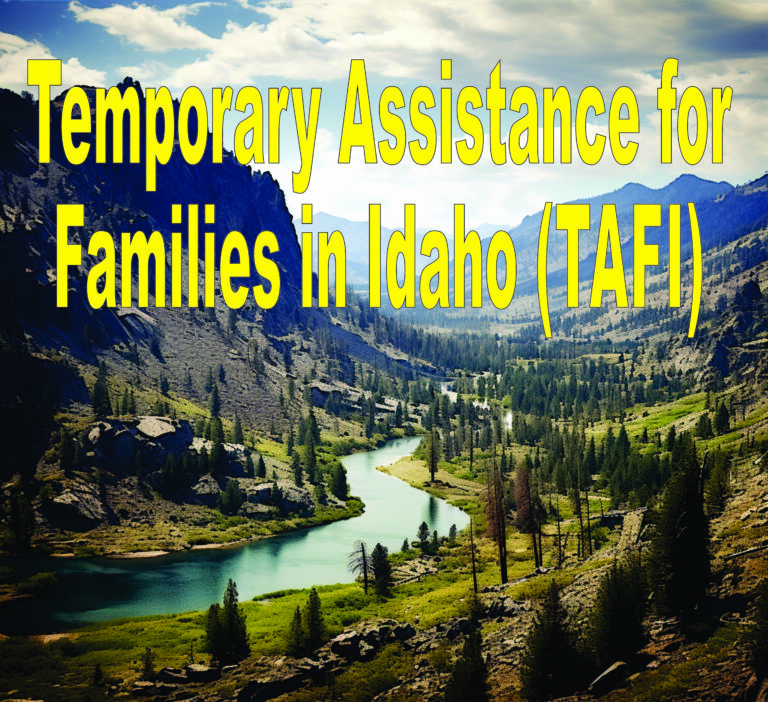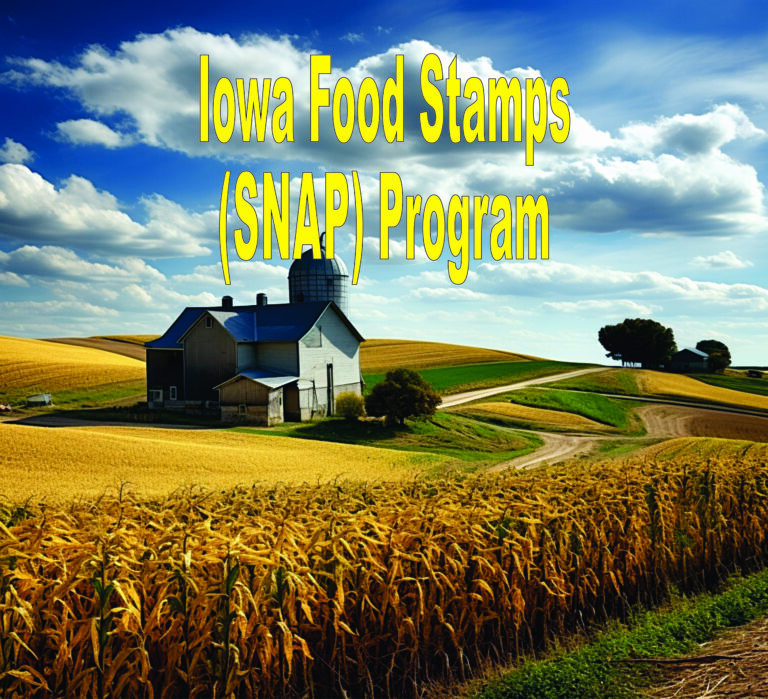Non-Profit Grant Writing Tips

Last Updated on September 1, 2023 by Lori Pace
Most nonprofits need grant funding to survive and thrive. The process of securing grant funding can be very competitive. It can be especially challenging for grant writers to request support for a program or organization that is new. Grant writing is difficult because each funder will have a different expectation of a grant proposal. Although most funders are looking for the same elements in a proposal they can also request different narrative formats, space limitations and formats.
What Is Grant Writing?
Grant writing refers to the application for funding from a private, corporate or government grantmaker. Grant proposals may ask for financial support or in-kind support to a non-profit organization.
This involves more than just writing a compelling grant proposal. It also involves researching grant opportunities, connecting with funders and maintaining grant calendars. Grant writing also includes managing active grant requests, reporting on the use of grants, as well as maintaining grant calendars and managing grant calendars.
Who Should Write Grant Proposals?
A grant proposal for a nonprofit might include a broad team that includes grant writers, development coordinators and fundraising directors. Board members and other key stakeholders may also be involved, such as staff members and members of the community.
Many nonprofits also turn to fundraising consultants and external grant writers for professional assistance. Nonprofits can benefit from the expertise and experience of external consultants in grant writing and fundraising.
Parts Of A Grant Proposal
Although every grant proposal is unique, many funders expect that all proposals include a similar set of elements. The following sections should be familiarized if you are planning to write a grant application.
- Introduction/Abstract/Executive Summary – A brief description of the proposal should include information about your organization and your ability to complete it.
- Organizational background – Your organization’s background is important to establish credibility.
- Problem Statement/Needs Assessment – Use clear data to describe the problem that your project will address. Then, link it with the goals of the funder.
- Program Objectives and Goals – Identify the expected outcomes and benefits of your proposed project.
- Methods and Activities – Describe the key personnel and activities that will assist you in achieving your goals.
- Evaluation Plan – Your plan to assess and measure the success of your project.
- Budget/Sustainability – Show how the proposed funding will go, how it will be stepped down, and how it fits in your overall financial plan. It is possible that you will be asked for specific financial documents such as the IRS Form 990.
Writing A Grant Proposal
Align funding goals, meet with stakeholders. Create a concrete, actionable plan that outlines what you want and why. You must identify the grant organization to which you will submit your grant proposal. You want to make sure they have a relationship with your organization and have funded similar projects in the past.
Do your research on the grant organization. Examine the proposal guidelines of the organization and review samples submitted by your peers or the organization. It’s important to make a rough draft. Use the information from the previous steps to create a rough draft of your grant proposal.
Get feedback from all stakeholders. For their feedback and thoughts, share the rough draft with all stakeholders. You must also revise and edit the proposal based on the feedback received from stakeholders. Before you submit your proposal, you might need to get feedback from multiple people.
Remember that grant funders are looking for the core of a proposal. This is consistent across all proposals. What do grant funders want?
- What does your organization need the funding for?
- How important is funding?
- The place where the funder fits in
Grant Writing Tips
Tailor Your Grant Proposal
You can customize the format. Every grantmaker has their own guidelines for how to submit a grant request. Applying for a grant opportunity requires that you follow every instruction. Don’t let anyone convince you that you can get away with anything, even if you already have a good relationship with the funder. You could find your proposal rejected if you don’t follow their instructions.
Personalize the message. A compelling proposal requires you to tailor both the content and format. It is important to clearly communicate the unique connection between your organization’s mission and project and the interests and funder in key areas, including the introduction, conclusion, and cover letter.
Express Your Ideas Clearly
It’s tempting to cut corners when you’re under time pressure. Take a step back to examine how clearly your ideas are communicating. These ideas may be obvious to people who work directly with your organization. However, you must communicate them to an outsider.
Clear writing should not be left to chance. This is not something you want to do. Make sure your grant proposal is clear and easy-to-follow. It is a good idea to include this in your grant writing discipline. Your main goal is to make it easy for your readers. Your hard work should be done, not theirs. Make a persuasive proposal that is clear and logical.
Show A Compelling Idea
A core compelling idea simply means a central theme that stays with the reader. It is a concept that clarifies the importance of your organization’s work, how it is unique and urgent, and why you should be granted funding. Although this is easy to grasp, it can be difficult to master.
Your core compelling idea must be relevant to the grant funder’s interests. If you are writing to a local foundation, your core compelling idea should be centered around the unique impact your project or organization will have on the community. The reader should be able, after reading your grant proposal and deciding what it is that you are proposing to do, to comprehend and recall exactly what your organization intends to do.
Write To Persuade
Grant proposals must inform, but also inspire. The grant writer is responsible for creating a proposal that convinces readers that your organization deserves funding. A well-written grant request will convince the reader that your project or organization addresses an urgent need, has qualified professionals on staff, and has realistic goals.
Writing persuasive grant proposals for nonprofits starts with understanding that you are writing for someone who is real and can be converted to action and belief.
Nonprofit grant writing should appeal to all three parts of the reader’s brain. Grants Plus can help you if nonprofit grant writing is not your forte. Grants Plus can help you identify potential funders and create powerful proposals.
What You Should Know About Grant Writing
Grant-writing is highly competitive. You must be knowledgeable about the myths surrounding grants, if you want to be a good grant writer. Then, you can leverage these dos and don’ts to stand out from the rest of the field–even if your previous experience in grant writing for nonprofits is limited.
Don’t Submit A Grant Application Cold, Get A Green Light First To Apply
Create a connection if you don’t already have one. First, contact the funder and introduce your organization. It can be a great way to get the funder to accept your proposal. Start your engagement on the right track to increase your chances of winning a grant.
Research the foundation’s funding priorities before you start writing your proposal. They may have a list of types of funding requests that are most likely to be turned down. You should keep yourself informed about the areas grantmakers are focusing on.
You might find that they are not the right fit for your company. This will ensure that you don’t waste your time creating a proposal only to have it rejected.
Don’t Overlook Basic Application Instructions, It’s Best to Match the Foundation’s Funding Period
Non-compliance with a funder’s proposal requirements is one of the most costly mistakes. Review the current foundation application format, submission process and required attachments well in advance of the deadline. You won’t forget important requirements.
If they are not submitted within the foundation’s funding period, even worthy proposals may be rejected. Foundations also have guidelines on how to format your grant proposal. They also have guidelines about when you can submit requests.
Don’t Skip a Compelling Financial Narrative, Prove That Your Plan is An Investment Well Made
A well-designed proposal budget is consistent with the foundation’s requirements, matches the application narrative and shows that your funding plan can be implemented. This is possible by providing a realistic financial outlook, supporting a clear need and reflecting a healthy, sustainable funding strategy.
You can go one step further and show which expenses will be covered by the grant. The best grant proposals are emotional and inspire action with compelling stories.
A smart grant-seeking strategy involves proving that an organization is worthy of financial support. This can be achieved by providing a timely and impressive report on any grant previously awarded by the funder. Your chances of receiving continued funding are higher if your organization has previously received funding from a foundation.








